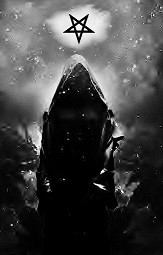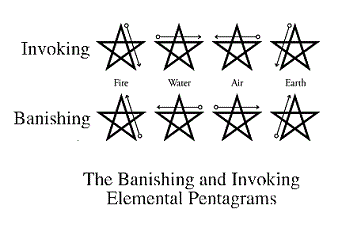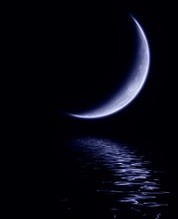The Art of Witchcraft
Witchcraft is a basic method of spell casting that uses magical tools such as candles, herbs, oils and spell craft to create magical effects.
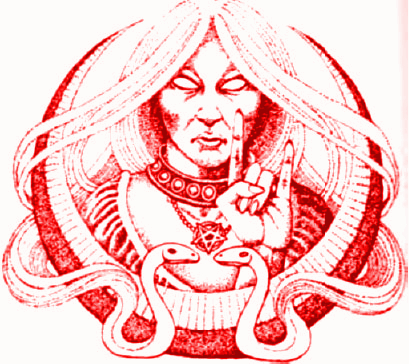
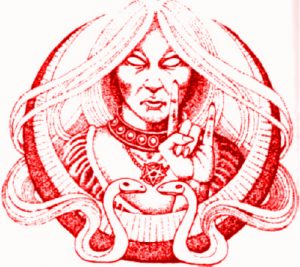
What is the Art of Witchcraft?
Witchcraft is a basic method of spell casting that uses magical tools such as candles, herbs, oils and spell craft to create magical effects. It is a belief and practice that is known all over the world. It is estimated that there are over four million neo-pagans and non christian theists today, which are terms to describe various beliefs and practices like paganism, occultism, , and Satanism.1
Origins of the word, Witch
Many have tried to theorize on the origins of the word ‘witch’. The most accepted version seems to be ‘wise woman’ from the word ‘wicce’, however this generally explains the origins of how is defined in Wicca. The author AE Waite, in the Book of Ceremonial magic, notes that the word Goetia was the Greek word for Witchcraft, which referred to the ‘howling’ of spirits when they are evoked.2
The word Goetia, or Goety is also usually connected with Sorcery, and magic, in general. This definition seems to fit, considering that many practices of incorporate the use of spiritual entities. In truth, there are many theories on how this word has developed, usually relating to those who use magic.
Magic is the art of directing specific results through the force of will. An example of this is Candle magic, where the witch could use a specific candle color, and anoint the candle with oils, and perhaps, carve a specific sigil into the candle, burn the candle on a certain day or time of the moon, to cause certain effects. Each thing that the witch does during the spell adds to the spells result.
Not all is Feminist
Some also associate with feminist magic. In the case of Wiccan there are many feminist cults, some who are Dianic and lesbian. Yes, there are male witches, and many of the founders of Wicca were men, such as Gerald Gardner, Alex Saunders and Raymond Buckland. Also, it was Aleister Crowley who had a major influence in the development of Wicca.
By contrast, Satanic seems to be an eclectic practice that could attract any type of person of any gender who is interested in learning the art of . It is not just for women or feminists. This is because is a craft, not originally a religion, or a ‘birthright’, it is a skill that anyone can learn.
The origins of Non-Wiccan Witchcraft
It is said that all Wiccans use Witchcraft, but not all Witchcraft users are Wiccan. While it is true that Wiccans who use magic as a religion, burn candles and use oils and herbs for magic, there are many other traditions that use the same associations and methods to obtain magical results. For instance, the Native Americans practice a form of natural religious , is also used in neo-paganism, Kemetic paganism, the Stregheria tradition of Italian , the Feri Tradition created by Victor and Cora Anderson, the Voodoo tradition, Santeria, Kitchen or Hedge witchery, folk magic, Celtic Witchcraft, and many more practices. Some of these traditions are a blend of mystical and magical associations from different cultures and religions.
Witchcraft Methods as a Reconstructed History
The methods these groups use, seem to be commonly found in occultism in general. Witchcraft, while it was made popular by Wicca, did not originate with Wicca, nor is it owned by Wicca. Wiccan magic is based on moral and religious beliefs, and these expressions are much different than Satanic .
It is my theory that even today there is not enough real information to formulate exactly all of the methods that people used for in ancient times. The pre-Christian roots of have not been historically proven. At best, we have been able to reconstruct ideas of it from past histories, for various occult uses and ‘traditions’ like , Wicca, chaos magic, and Satanism. These methods are creative and useful reconstructions of the past which serve as a backdrop for many of the religious and magical practices that we have today.
The LaVeyan Magical Art Observed
It seems to me that most LaVeyans would not want to burn candles, use , or even attempt magic, as they are very skeptical and see no need for metaphysics or magic. They are generally wary of all things that are related to the occult. However, they seem to forget that LaVey included instructions on the uses of certain candle colors, rituals, and spells in the Satanic Bible. These were more than just psychological devices; LaVey labeled these practices as methods of Satanic High magic, compared to the low magic of psychological manipulation.3
Lavey also compared all other forms of magic to white magic, labeling them as self-deceit. His dubious description of magic leads us to believe that his method is the only way, but it is not. I believe that a lot of his hatred that he engendered in others for any other types of magic but his was due to his opposition of feminist groups that he labeled as white. Lavey mistakenly believed that all users were white-light occultists. This is, of course, not the case. In essence, his opinion of magic was no better than the white lighter occultists themselves – a restricted view bound by dogma and (satanic) religious belief. A choice to use magic in Satanism is, of course, a personal decision that should be carefully considered.
Witchcraft For Spiritual Satanists
For Spiritual Satanists, the practice of magic is a great way to connect with the powers of the Earth and with Satan. Magic is an art and it takes a long time to learn through study and practice. Herbs, crystals and stones, and planetary or astrological associations that represent specific aspects can be used in to cast spells. Demons and gods associated with Satanism can be called upon during spell work. If you choose to add demonic associations into your practices, it is your decision.
Satanic is a focus of the dark aspects of , that enable the Satanic witch to succeed. This includes using curses, spells that manipulate situations that aid the magician, and other practices including working with the demonic. Satanic is, simply, created by a practicing Satanist.
I practice solitary eclectic , so my methods do not fit into typical categories. In this series of writings I will be discussing elemental associations, planetary and demonic associations, candle magic, the use of oils and incense, and many other topics. These are my methods, and this guide to Satanic Witchcraft is my creation based on my research and experience in magic and Satanism for many years.
© 2009, Venus Satanas
References:
1. Adherents.com. August 2007. Major Religions of the World Ranked by Number of Adherents. Neo-Paganism. Accessed 6/19/09, from: http://www.adherents.com/Religions_By_Adherents.html#Neo-Paganism
2. A. E. Waite. October 1999 ed. The Book of Ceremonial Magic. Citadel Press
3. Anton LaVey. December 1, 1976. The Satanic Bible. Avon

